Medium gauge strings are too much for this glue joint.
A couple weeks ago this Alvarez Dreadnought cutaway came into the shop with a severely failing bridge glue joint and a top crack. The bridge not only had a bad glue joint, but was ripping apart the cedar top. The guitar was strung with medium gauge strings, so this increased tension was not helping things. That combined with the low-humidy environment the guitar lives in (wood stove heat, northeast winter season), the top is under tremendous stress.
So the plan of attack:
1. Remove the under saddle pickup.
2. Remove the bridge.
3. Glue and cleat the top crack.
4. Refit / reglue the bridge using hot hide glue.
Extra credit:
5. Replace the pickup element.
: : : : : :
And here we go, photo-essay style ...
Bridge lifting and top crack on this cedar-top Alvarez.
Pieces of the cedar top being pulled from the soundboard.
Yet another view of the bridge glue joint failure.
Bass side bridge failure seems to be more pronounced than the treble side.
Bridge is distorting as it is being peeled from the top.
Before the bridge can be removed, the pickup has to be desoldered.
The pickup plugs into the side-mounted preamp.
A contour gauge is used to trace the footprint of this unique bridge so a heat shield can be made to protect the top during the removal.
This contour measurement will be used to make a heat shield.
The bridge dimensions are transferred to a piece of corrugated cardboard.
Final fitting of the cardboard heat shield.
The cardboard heat shield is covered with aluminum foil.
An ifrared light heats the bridge to soften the remaining glue joint. The top is protected from the light by the heat shield.
The bridge comes off quite easily, though there were pieces of the top that clung to the bridge.
This is the piece that we saw in an earlier photo before removing the bridge. This will be saved, along with other pieces to reglue to the top.
This jack will be used to support the lower bout top crack and keep it aligned during the repair. Note the piece of plexiglass on the jack will be inside while the other piece is used on the outside.
Here is the small piece of cedar being glued near the bridge along with the lower bout top crack.
After crack repair dries, the area needs to be cleated to prevent the crack from reopening. There will be two cleats and magnets are taped to the outside to locate the internal cleats. The magnets will also hold the cleat while the hide glue dries.
The cleats are double-stick taped to the magnets and a steel ruler is used to install the cleat through the soundhole. Just make sure you get your magnet polarities correct or the cleat will flip over and not glue to the top.
The top footprint is cleaned up and as much of the pieces on the bridge are reglued to the top. The bridge has been fit to the top and ready to glue. Note the new plug in the top: this was an open hole and we need as much glue surface as possible to maintain a strong joint.
A small piece of aluminum foil is glued into the saddle pickup hole. If this hole is not plugged, glue will end up in the bottom of the saddle slot.
The top is brushed with thinned, hot hide glue to seize the grain. This will prevent the top from sucking the glue joint dry.
The bridge is heated and hot hide glue applied to the bridge and top. The outer string holes have Teflon pins that hold the bridge in place and three clamps are used.
Now that the guitar is structurally sound again, time to get the pickup back in. Unfortunately, the pickup fell apart when I removed it from the guitar. The pickup slipped out of the foil wrapper and was jammed against one of the spacers. I re-wrapped the pickup and resoldered it, but it was too noisy. I clipped the lead and moved onto a new pickup.
The customer and I decided on a D-TAR Soundspots pickup. This is a passive transducer-style pickup and was able to splice into the original Alvarez preamp. The two piezo elements are super glued inside the guitar on the bridge plate.
The new pickup spliced into the original pickup lead. The pickup is the shielded cable and the other wire runs to the output jack.
Alavarez D cutaway back in business with light gauge strings to help ease the tension. The customer also has a room humidifier now to keep his wood stove from sucking the humidity out of the guitar.





























